Is a new age of television dawning, bringing with it the end of the male anti-hero and sweeping in the age of the complex female protagonist? It certainly seems that way, if the influx of new shows anchored by complicated and interesting female leads is anything to go by.
In his book “The Revolution Was Televised: The Cops, Crooks, Slingers, and Slayers Who Changed TV Drama Forever” (an excellent book that I highly recommend), television critic Alan Sepinwall argues that the past 15 years of television have been a golden age for the medium, highlighted by truly exceptional shows with complex and engaging characters. But, as Sepinwall points out in his book, nearly all of these amazing programs were centered on male leads. And, more often than not, these were male anti-heroes whose actions were impeded by the women in their lives (almost always their wives). Out of the many superb television shows profiled in the book, only one - Buffy the Vampire Slayer - has a female protagonist.
So, after 15 years of watching Tony Soprano, Walter White, and Al Swearengen (among others) entertain us with their struggles and inner turmoil in the face of their questionable business dealings and thirst for power, maybe it’s not that surprising that the ladies are finally getting their chance. And, much like their male counterparts before them, these ladies come complete with their own neurosis and baggage.
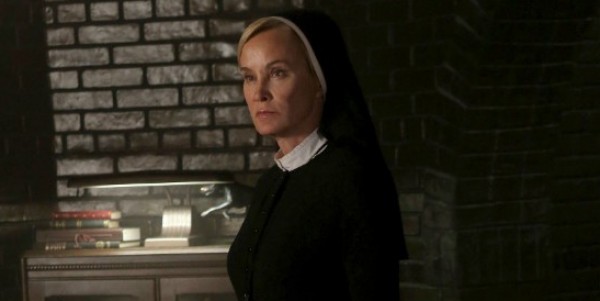
American Horror Story: Asylum, Orange is the New Black, Orphan Black, The Fall, and Top of the Lake have all succeeded at creating complex and flawed female leads that fly in the face of the traditional role of a leading lady in television drama. Rather than spend time bantering with her male partner or existing almost solely as the other half of a will-they-won’t-they procedural drama pairing, these ladies are fully formed individuals who stick to their beliefs and rarely let others sway them - even in the face of difficult or even deadly circumstances.
American Horror Story, the most commercially successful of the lot (due in large part to its airing on the more mainstream FX network), spent 13 episodes during its most recent Asylum installment* with two very different but equally engaging female leads: Sister Jude (Jessica Lange), who serves as the show’s anti-hero, and Lana (Sarah Paulson), who, at first glance, appears to be the suffering hero destined to triumph over evil, but who becomes something more as the series reaches its conclusion.
*The show treats each season as its own separate installment, changing characters and the story each year, but, for the most part, keeps the same set of actors in a repertory-type ensemble.
Jude comes from the same lineage as the male anti-heroes that came before her, but her gender adds an added hurdle, as she must continually fight against the patriarchal society that surrounds her. As this season of American Horror Story is set in the 1960s, this struggle is even more pronounced than in some modern series. Jude refuses to bow down to those in positions of power above her. While she does have romantic feelings for a male character, she doesn’t allow those feelings to override her own sense of self and her dreams and goals. And, perhaps most interestingly, Jude doesn’t worry (for much of the series) whether what she does will hurt others. She simply does what she believes is right and what she feels she must do to survive.
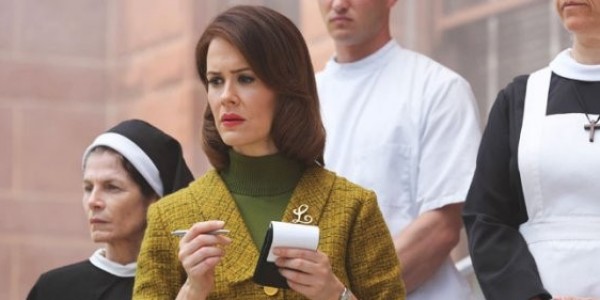
Jude is never painted as the piece’s villain (that mantle belongs to several others, including one of the other female characters who is possessed by the devil), but those around her often treat her as if she is. Conversely, Lana begins the series clearly marked as the hero of the piece. But, like Jude, she is so much more. Yes, she’s heroic in the face of insurmountable odds, but there is a cost for her bravery and Lana pays dearly for her courage. Idealistic at the season’s outset, Lana loses that shiny disposition and quickly becomes more gray than white. Lana’s experiences throughout the show add dark layers to the character, layers that enhance Lana’s self-sufficiency and give the character a sharp edge of survival instinct. These two women are written as characters greatly influenced by their circumstances - the good and bad - and the show is only the greater for it.
Similarly, Orange is the New Black deals with shifting power dynamics, how a character’s situation dictates her actions, and facing one’s own inner demons. The sensational freshman drama from Netflix focuses on Piper Chapman (Taylor Schilling), a sheltered upper-middle class woman who is sent to prison for her role in a drug ring in which she briefly participated ten years earlier. Piper serves as the audience’s window into this new world, creating a bond between the character and viewer that allows for Piper’s snap judgments and beliefs to become accessible to the audience as well. When Piper indicates that she finds the character Crazy Eyes frightening and strange in her pursuit (of Piper), we as the audience agree. But it is what the show does with Piper as the season progresses that truly elevates the character into the pantheon of complex and well-crafted female protagonists.
As the season advances, it becomes clear that Piper is not the most reliable window into the prison; we slowly realize that she has an almost pathological need to be the victim in situations. Her stint in prison isn’t her fault - it’s the fault of her ex-girlfriend. When Piper gets in trouble for mouthing off, it isn’t her fault - she was provoked. She is unable to accept responsibility for any situation in which she finds herself.
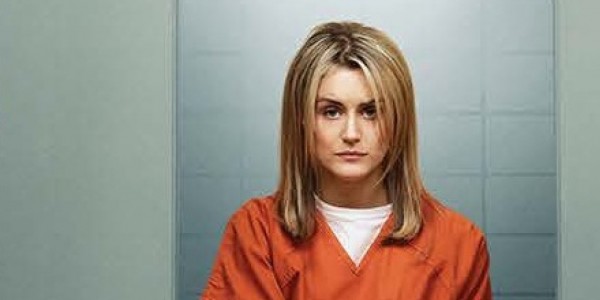
Piper is a protagonist built to survive. But in teaching herself those survival skills, she creates a personal fiction wherein she is a complete innocent and a victim of her circumstances. While Piper’s transformation from a truth telling character into an untrustworthy leading lady isn’t quite as jarring or complete as the Walter White/Heisenberg transformation on Breaking Bad, there is a darkness within Piper (one that could have deadly consequences for those who cross her) that could very well place her among the pantheon of great television anti-heroes.
The next series, BBC America’s Orphan Black, is unique for several reasons, not least of which is its use of its female protagonist. The show tells the story of Sarah, a twentysomething single mother who has struggled to find her place in the world for years, and whose life is turned upside down when she sees her identical twin (who she never knew existed) jump in front of a moving train. Going further down the rabbit hole, Sarah finds out she is actually one of many clones, with murky origins and an unknown purpose.
Orphan Black’s protagonist is Sarah, but the other clones (Allison, Cosima, and Helena being the main others in season one) are all just as richly drawn and inhabited by the show’s incredible star Tatiana Maslaney (who was unceremoniously snubbed by the Emmys this year). These are women who come from different walks of life with varied backgrounds, but who have the shared goal of discovering who they are and where they came from. Sarah is a bit of a mess, but still possesses an uncanny ability to survive (and thrive) despite constantly mounting odds. We are on a journey alongside her, as she struggles to put her life back together despite being thrown the massive clone curveball. The character is so well crafted that each victory and defeat resonates with the audience, and we root for Sarah (and Allison, Cosima, and even Helena) to discover the truth of her origins while protecting her family.
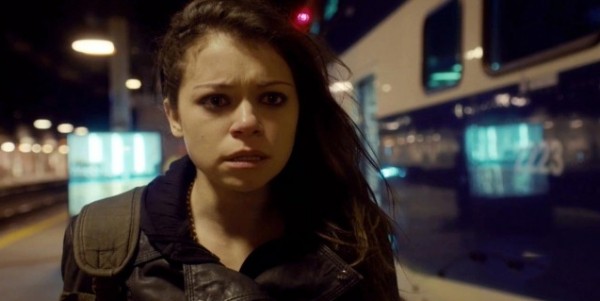
The final pair of the new influx of female-fronted shows use their female protagonists in a slightly different manner. The leads in The Fall and Top of the Lake are women who excel at their chosen profession (in both cases, law enforcement) and often find themselves focusing more on their cases and less on their personal lives. While this may seem like a typical “working woman” television trope, neither series falls into this pit and instead molds its lead into a complex character who doesn’t believe she should have to choose between being excellent at her career and living the life she desires.
Stella Gibson (Gillian Anderson), the protagonist in BBC’s The Fall, is a woman in a man’s world. She has also been made the lead investigator in a case of serial rapes and murders in Belfast. An outsider from England, Stella also must contend with the chauvinistic attitudes of the mostly male police force. When she has a brief fling with one of her fellow detectives (a man who is married with children), she is told by a male officer she should have left him alone. Stella’s response? To tell the officer it’s none of his business, but if it were, he should be talking to the detective who was willing to cheat on his wife, not taking her to task over his indiscretion. And, quite frankly, it was just a one night stand, so it doesn’t matter to her (something she must convince her conquest as well). Not exactly your typical television woman’s response, right?
But Stella is also excellent at what she does. She is able to methodically work through a crime scene, inching ever closer to solving the case. She is smart, cunning, and while she may seem emotionally stunted, she is really just acting the way numerous male detective have for years. Rather than be the flighty or overly emotional female detective who needs a man to balance her out, the show crafts her as aloof but brilliant. Just when you fear she really might lack any emotional heft, the show will offer a brief but necessary hint that Stella really is a fully formed emotional being - just not one that lets her emotions interfere with her work.
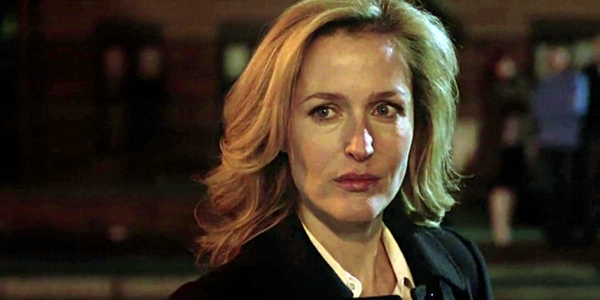
Similarly, Sundance Channel’s Top of the Lake stars Mad Men’s Elisabeth Moss as Robin Griffin, a detective who returns to her small New Zealand hometown for a brief stay, but is tasked with solving a particularly awful case (the rape of a young girl who is now pregnant, but who has no memory of the crime). Robin draws hard and fast lines between work and her personal life. Juggling her mother’s failing health, the repeated requests of her fiancé to end the investigation and return to Australia, and the pressure of her hometown to solve this crime, Robin has a lot on her plate. To top it off, there is a strange commune of women camping out on abandoned land and whipping the town into a frenzy.
But, like Stella, Robin knows that her focus must be on solving this case and protecting this young girl, who doesn’t quite understand what has happened to her. Robin doesn’t bow down to the outside pressure around her, refusing to stop her investigation even when confronted, and refusing to allow the pressure of her family to convince her to fly back to Australia and leave this all behind. Steady and focused on her convictions, Robin is a more emotionally drawn character than Stella, but also continually proves herself to be a skilled detective. And that’s not even getting into her ability to physically confront the perpetrator when his identity is revealed showing both poise and quick thinking under pressure.
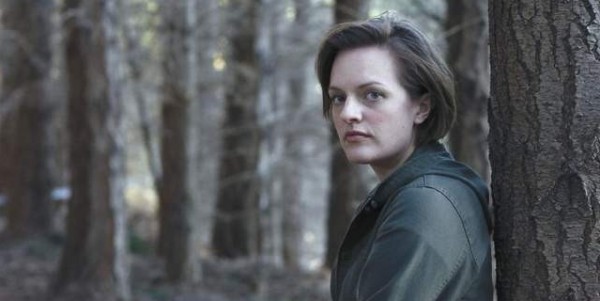
While it may be too early to tell, it looks as if this rising trend will continue into the fall television season. The new season of American Horror Story is subtitled “Coven” and the vast majority of the cast is made of incredible talented actresses. Also starting its run will be Marvel’s Agents of S.H.I.E.L.D, helmed by Joss Whedon, who is well known for his female-centric shows. While historically, the shows depicting lead female characters that possess complexity and intelligence have been few and far between, with this new influx of wonderful shows headlined by exceptionally written, directed, and acted female protagonists, the television tide is certainly changing. And, as the golden age of television’s male protagonists ride off into the sunset, it’s time for the ladies to have their chance.